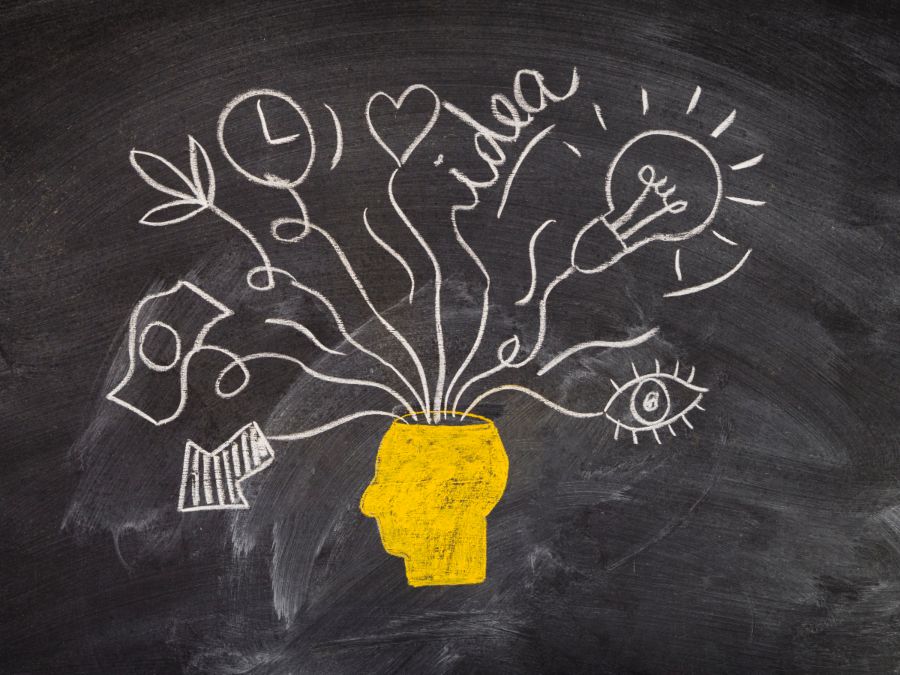The Psychology of Design: How Construction Affects Our Mental Wellbeing

Strong 8k brings an ultra-HD IPTV experience to your living room and your pocket.
Our surroundings have a more significant influence on mental health than most of us realize in this fast-moving world. From the houses we live in to the offices we work in, the architectural design and space planning have much to do with how any environment affects our feelings, thoughts, and interactions.
As the real estate market shifts toward customer-centricity, understanding the psychological impact of construction and design takes on even greater significance. This renewed attention is affecting not just projects on an isolated basis, but is also creating a larger general trend within construction and real estate that emphasizes the link between good design and enhanced living.
Swaying the Human Mind through Architectural Design
Far more than beauty, architectural design, in itself, determines how we would feel within the space: secure, energized, relaxed, or overwhelmed. Light, ceiling height, room proportions, color palette, and materials, among other things, exercise subliminal control over emotions and cognition.
Natural light is said to have a positive effect upon mood and productivity, the sight of spaces that are small and poorly lit is regarded as a source of stress and depression. Open layouts favor collaboration and free will, while maze-like or cluttered layouts evoke anxiety and frustration.
Modern architectural design is somewhat mindful of these psychological implications, aiming to establish environments that are useful and conducive to mental well-being.
Space Planning: The Foundation of Psychological Comfort
Effective space planning is vital to creating settings conducive to mental health. It's not merely about furniture arrangements and squeezing in rooms; it's all about the movement, interaction, and feelings of people while in a certain space.
Good space planning does several things for the following psychological needs:
Privacy: For some, retreating into a space for replenishing energy is important. An example would be a quiet nook in a residence or a meeting room in an office, which provides for these intrinsic needs.
Social Connection: Open communal areas may stimulate openness to the interaction and cooperation required for emotional balance and the subsequent construction of a community.
Flexibility: Spaces that provide choice in how they are used ultimately relieve stress, as when a room may be a study in the daytime and a yoga studio at night.
Safety and Wayfinding: Apparent and straightforward arrangements help people navigate spaces easily so that they do not have to endure mental strain and anxiety.
Therefore, intelligent space planning nurtures beyond aesthetics and functionality; it nurtures toward the psychological wellness of occupants.
Real Estate Services and Mental Wellbeing
As we know, today real estate services have now gone beyond the traditional selling and renting of properties. These are modern-day professionals who also consider helping clients find living spaces that enhance their wellbeing.
Now real estate services will showcase properties with attributes that enhance mental health – that is, ample natural light, green spaces, walkable neighborhoods, and community amenities. In industries where competition is fevered, these attributes are demands and cannot be treated as luxuries anymore. Such attributes are affecting the ways of marketing and pricing properties altogether.
In this light, more than ever, the real estate market supports biophilic design – this means bringing nature into buildings – and seeks wellness certification for both homes and offices. This represents a more nuanced outlook on how space and architectural design impact mental wellbeing, creating thoughtful and holistic choices for buyers and tenants.
Examples of Psychological Design in Action
Worldwide, architects and developers are accepting designs that boost mental well-being. Here are some prominent trends and examples of exterior and interior Psychological Design in action:
Biophilic Architecture: Bringing in gardens, plant walls, and natural material inside to allow nature to calm the indoors.
Spaces: Sites with large windows or skylights and orientations promoting maximum entry of natural light.
Open Airy Layouts: High ceilings and minimal partitions add to the possibilities for feelings of freedom and openness.
The quiet areas of public space: Airports, libraries, and even malls are adding some quiet spaces so visitors can unplug from over-stimulating environments for a while.
Color Psychology: Calming colors such as blue for spaces of rest or relaxation and energizing shades such as yellow and orange for spaces of creative social activity.
These principles indicate when designing construction with an understanding of human psychology, the outcome is space that is not simply functional but also enhances emotional and mental health.
The Importance Today in the Real Estate Market
As the real estate marketplace tunes itself to the needs of the present-day buyer and the tenant, properties that are designed for mental felicity are becoming highly sought. Studies have shown that occupants of well-designed space tend to report greater satisfaction, productivity, and even physical health.
This change represents a clear opportunity for developers and investors. Properties that support mental wellbeing often operate at higher levels of occupancy, attract longer lease terms, and maintain a higher resale value. For real estate services providers, this differentiator enables them to educate their clients about the psychological aspects of design, thereby providing more than just square footage — instead paving the way for a better quality of life.
Moreover, given the rising awareness of mental health, environmental choices have become an important determining factor for dwellers today. They want homes that are like a retreat, workplaces that stimulate creativity, and public spaces that calm rather than agitate. Architectural design and interior planning that match these needs are more than just trends; they are the future of construction and real estate.
As we’re wrapping up
Combined housing, architectural design, and psychological management form an enormously strong and often underestimated nexus. Our construction and design spaces affect our feelings, behaviors, and overall mental health more than we know. This will change more properties from value-focused to healthy, happier communities with the real estate market.
Today, good intentions are no longer enough to lead to a successful final product. Thus, one can no longer think of good facility design as synonymous with luxury. Real estate services that recognize and leverage this knowledge will be in the lead when it comes to preparing the new frontier of real estate: where wellness dovetails with profits.
Note: IndiBlogHub features both user-submitted and editorial content. We do not verify third-party contributions. Read our Disclaimer and Privacy Policyfor details.



